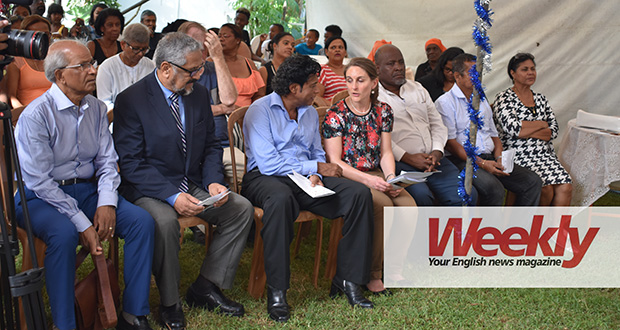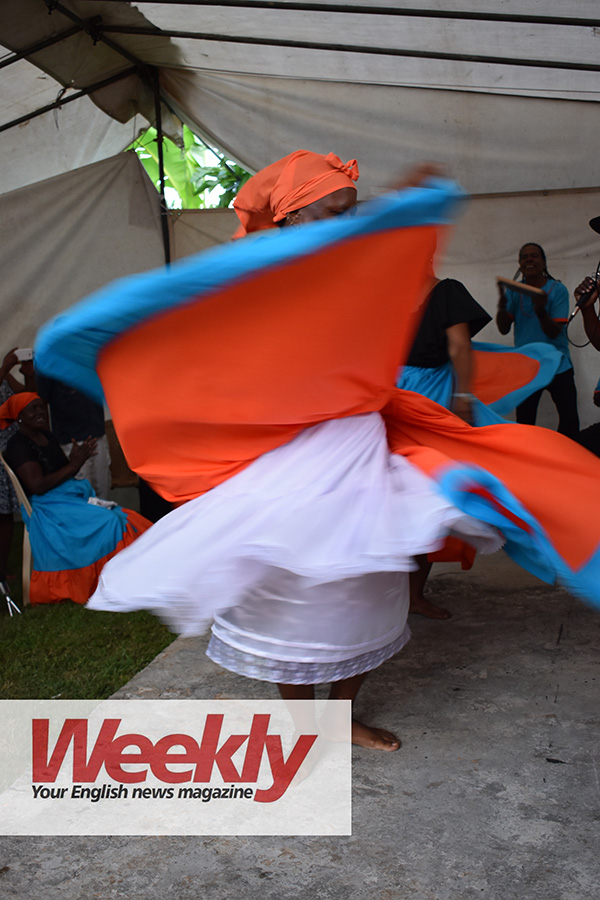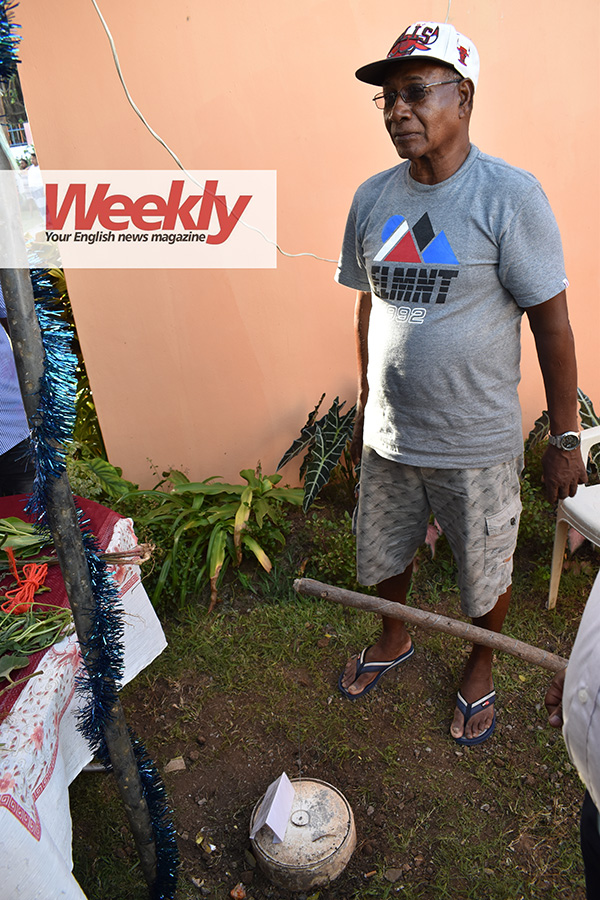Publicité
Cassam Uteem “ashamed” of the way Mauritians treated Chagossians
Par
Partager cet article
Cassam Uteem “ashamed” of the way Mauritians treated Chagossians

Cassam Uteem, former president of the Republic and a long-time supporter of the Chagossian cause, declared he felt “ashamed” of the way Mauritians treated Chagossians at their arrival in the late 1960s and early 1970s.
Uteem was speaking on Saturday at the launch of a cultural exhibition on the Chagos at the Chagos Refugees Group (CRG) centre in Pointe aux Sables. “Back then, both Mauritius and the UK denied the existence of a Chagossian people. It hurt the latter as they were deemed not to exist. Today, Mauritians have realised that a Chagossian people does exist,” opined Uteem. He also identified five aspects that needed to be addressed within the Chagossian issue: Mauritius regaining its sovereignty over all the islands of the Chagos, including Diego Garcia; the granting of the right of return to Chagossians; an adequate financial compensation; the dismantling of all military bases found on Mauritian territory; and the preservation of Chagossian culture.
Part of the Cultural Heritage Across Generations (CHAGOS) project, the exhibition is a collaboration between the CRG, social anthropologists Laura Jeffery and Rebecca Rotter from the University of Edinburgh and is funded by the UK Arts and Humanities Research Council.
In her speech, Laura Jeffery explained how culture helps foster a sense of collective identity within the exiled Chagossian community and added that the exhibition aims at sharing this culture with the public.
Olivier Bancoult, leader of the CRG, remarked that the exhibition coincides with the presentation of the Chagossian sega tambour before the UNESCO committee on intangible world heritage next December in Mauritius. “This exhibition also presents Chagossians from an angle other than demonstrations and hunger strikes,” said Bancoult. The latter also paid tribute to the women who have traditionally led the Chagossian struggle. Moreover, Bancoult claimed that 371 native Chagossians were currently living in Mauritius, while 112 others resided in the UK.

The exhibition covers music, food, handicraft, medicinal plants, and the lifestyle in the Chagos prior to deportation. Various exhibits are on display, and visitors can also watch a documentary on Chagossian culture shot in Mauritius and in Crawley, UK, where a major community of Chagossians has settled. Two items are on display outside, a makalapo, a single-stringed musical instrument which needs to be buried in the ground, and a spike (piké), used to dehusk coconuts, which also needs to be buried deep. Visitors are invited to write their feedback on the exhibition and drop them in a kapas, a weaved basket made of coconut leaves and traditionally used to store freshly-caught fish while at sea.

The exhibition is open every day until Saturday 21 April from 9.30 a.m. till 5.30 p.m. Entrance is free.
For more views and in-depth analysis of current issues, Weekly magazine (Price: Rs 25) or subscribe to Weekly for Rs110 a month. (Free delivery to your doorstep). Email us on: weekly@lexpress.mu(link sends e-mail)
Publicité
Publicité
Les plus récents






